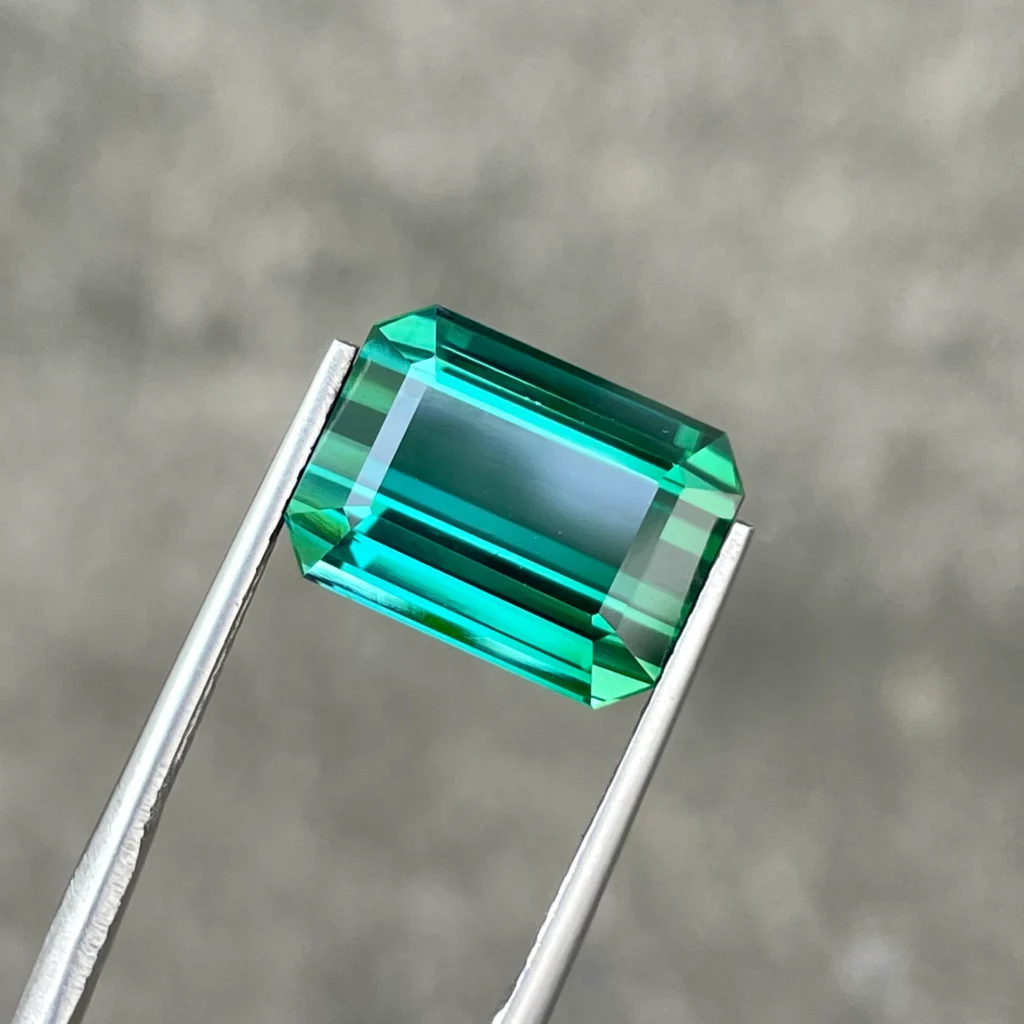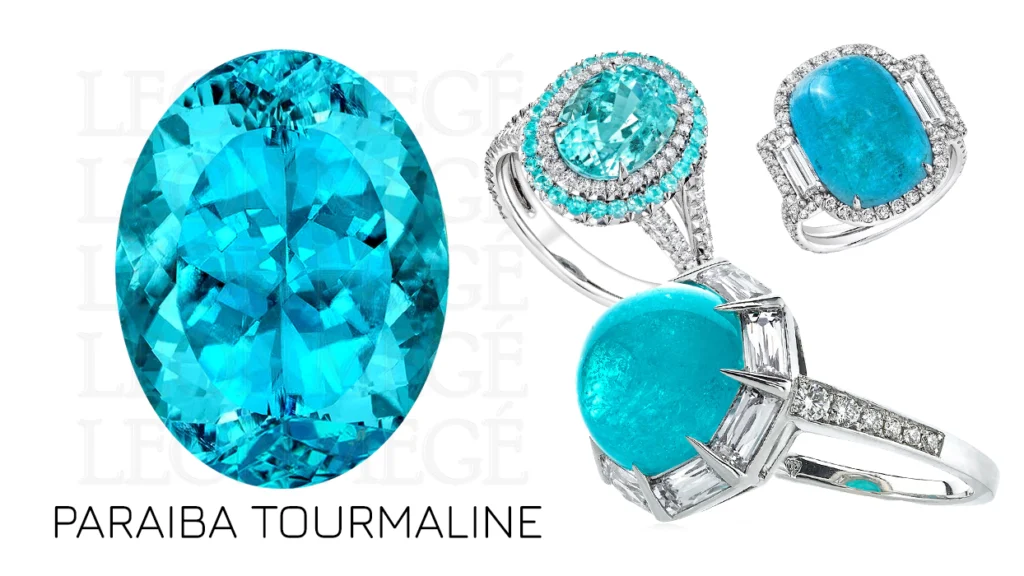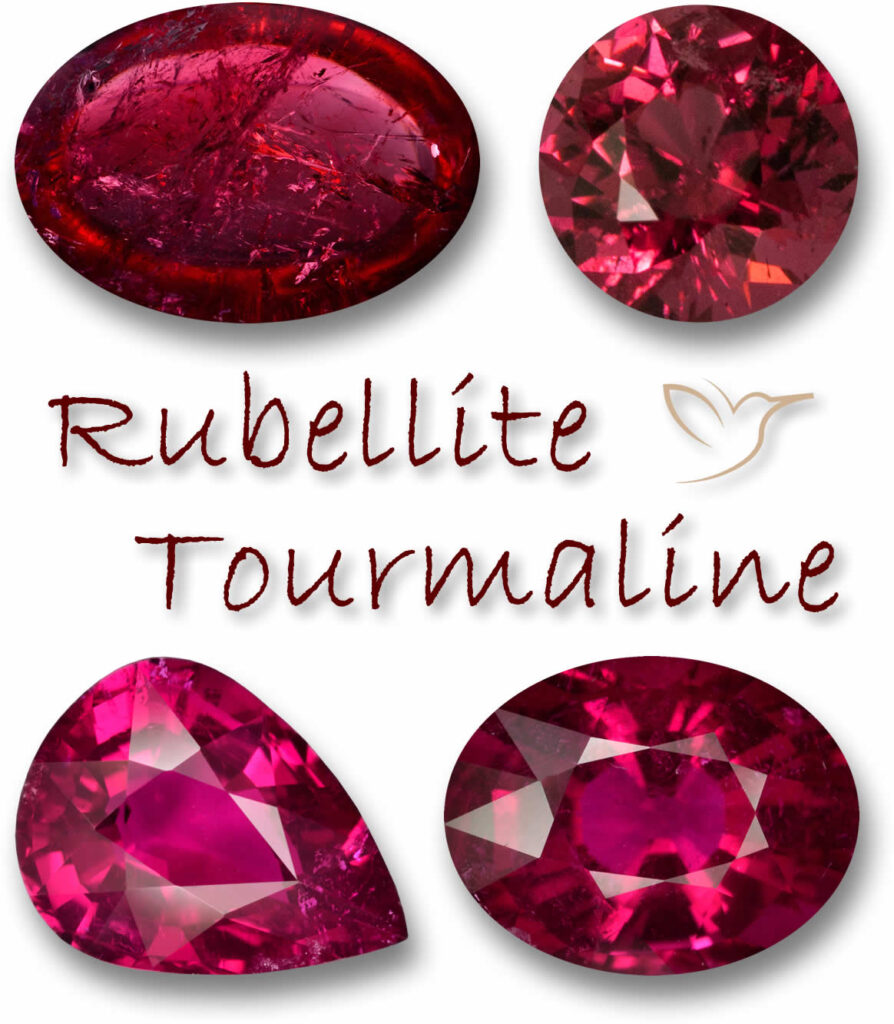
Look, let’s be absolutely frank right out of the gate: the tourmaline family—chemically, a complex boron silicate, if you want the technical classification—it is not one stone. Not at all. It is this vast, structurally related group of minerals, and it possesses, quite simply, the widest range of color saturation and tone that you will find anywhere in the entire gemmological world. This staggering complexity, I mean, it is further complicated by its innate pyroelectric and piezoelectric properties—it generates an electrical charge when heated or squeezed, which is fascinating, but it makes the acquisition process incredibly challenging. It demands a highly nuanced, disciplined, and frankly, experienced approach.
For anyone seriously engaging with the tourmaline market—whether you are looking at high-end, bespoke custom pieces, or perhaps just trying to structure a truly diverse inventory—you need far more than simple aesthetic appreciation. You need a deep, rigorous understanding of the color taxonomy, the structural oddities, and the specific, often subtle factors that actually determine its premium valuation. This analysis attempts to provide that objective, authoritative framework necessary for the meticulous assessment of quality and investment viability.
I. Color: The Definitive, Yet Unpredictably Complex, Value Factor
You must understand this: for tourmaline, color is everything. It is the driver. But it is inherently complicated—as I said—by the sheer breadth of its possible saturation levels. It is completely insufficient to simply name the color; one must analyze its purity, its stability, and its actual origin within the crystal lattice. That is the necessary deep dive.
A. The High-Value Taxonomy of Premier Hues (Know the Names!)

- Paraíba Tourmaline: This stone? It is the absolute highest value segment of this entire family. Unequivocally. These gems—which are defined solely by the presence of minute traces of copper, you see—exhibit a startling, electric neon blue or blue-green color. The saturation here must be, and I use the term intentionally, “electric” or “vivid.” Certification is mandatory for these stones, it’s absolutely non-negotiable, because the value differential between a copper-bearing Paraíba and a standard blue Indicolite is massive. And the location—whether it’s from Brazil or Africa—that often becomes a secondary, yet important, argument for prestige.

- Rubellite Tourmaline: This is the specific term for the highly saturated, intense reds and the best pinkish-reds. But here’s the rub: a true Rubellite must maintain its color consistency across different light sources—many deep pinks, unfortunately, fall into a brownish or orangish hue under incandescent light, and that’s a fail. The purest reds, which expertly avoid any secondary purplish or brownish modifiers, they command the highest premium.

- Chrome Tourmaline: This variety, predominantly sourced from parts of Africa, is defined by its intense, pure green color, derived from chromium and vanadium (the very same elements that give fine emeralds their color, interestingly enough). It is highly prized for its vibrant green saturation, offering a demonstrably superior alternative to many standard, often dull, vanadium-colored green tourmalines.
B. Optical Challenges: Pleochroism and Zoning (The Cutter’s Fight)
- Pleochroism: Tourmaline is aggressively pleochroic, which means the color changes dramatically when viewed along different crystallographic axes. The expertise of the cutter becomes absolutely paramount here. They must be prepared to sacrifice weight if necessary just to orient the rough so that the finished gem’s table displays the single, most desirable color. A poorly oriented cut, unfortunately, will present a dark or secondary color across the face, which instantly destroys its market value.
- Color Zoning: This is a serious geological reality of tourmaline—you get these distinct bands of different colors within a single crystal (the famous pink and green ‘watermelon’ slices are the prime example). While zoning is accepted in certain novelty specimens, distinct, unsightly color banding in a stone marketed as a single-color gem severely diminishes its value. Uniform color saturation across the table is, simply put, the non-negotiable ideal standard for investment-grade material.
II. Clarity Evaluation: A More Accommodating, Yet Highly Nuanced, Standard
Clarity standards for tourmaline, it must be noted, are generally more accommodating than for quartz (amethyst) or the “Big Four.” This is primarily due to the way these complex crystals form in nature, resulting in more inherent structural irregularities.
- Type and Acceptance: Tourmaline generally falls into the Type III clarity category (like emerald, again), meaning that some inclusions are actually expected. Consequently, the focus shifts entirely to transparency and the location of these inevitable internal features.
- Eye-Clean Requirement: Even with this leniency, the stone must still present as eye-clean upon face-up inspection. Inclusions that compromise the gem’s actual structural integrity—like large, surface-reaching fractures—are simply unacceptable.
- The Rubellite/Paraíba Tolerance: Rubellite and Paraíba varieties are particularly notorious for internal inclusions—tubes, liquid fissures, etc. For these premier varieties, you will find that buyers often tolerate more visible inclusions if and only if the color saturation is truly exceptional. The color premium, therefore, frequently outweighs the clarity deficit. That’s a key market dynamic, you see.
III. Cut, Proportions, and Optimization
The cut must be viewed as the cutter’s successful, difficult mitigation of the stone’s intrinsic optical flaws, specifically the pleochroism and the color zoning.
- Optimizing Light Return: A high-quality professional cut must expertly manage light return, particularly crucial in the darker hues (deep blues, reds) to actively avoid light extinction. This requirement often necessitates deeper pavilions than you would typically find on other types of gems.
- Shape and Aesthetics: Given the natural elongated form of tourmaline crystals, shapes like the oval, pear, cushion, and sometimes bar-cuts are heavily favored. Custom and proprietary cutting styles are also frequently used to maximize the stone’s significant available size.
IV. Treatment Status and Ethical Disclosure (The Caveats)
Thermal enhancement is a common, stable, and widely accepted practice across many tourmaline color varieties. It is primarily used to enhance clarity or improve color tone (like lightening a very dark rough or intensifying pink/red hues).
- Standard Heating Protocol: Most tourmalines are gently heated. This is permanent. It is accepted. It does not warrant a huge discount.
- The Paraíba Exception: Given the extreme financial value of Paraíba, full disclosure regarding heating and, specifically, the geographic location of the mine (Brazil vs. Africa) is absolutely non-negotiable. Certification must explicitly verify the copper-bearing nature and, ideally, the origin. Any treatments other than simple heating—which must be documented—are viewed with suspicion and can result in severe, immediate devaluation.
- Fillings and Stability: Fracture-filling treatments, while occasionally used to stabilize heavily flawed Rubellite or Paraíba, must generally be avoided. If they are present, the documentation must be flawless, and the price must reflect the significantly reduced long-term durability and value.
V. Conclusion
The successful acquisition of tourmaline requires a deeply holistic view that integrates expert color evaluation with a realistic, yet disciplined, tolerance for natural imperfections. The market strongly rewards those rare, vivid hues (Paraíba, Rubellite, Chrome), necessitating stringent quality control on saturation and transparency. Professional diligence, always backed by robust certification—especially critical for the high-value Paraíba material—is the only pathway to securing viable, valuable material in this extraordinarily complex and rewarding gemstone family.
